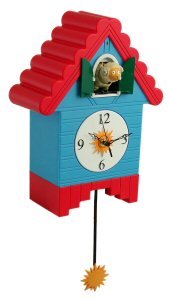THAT THESE WORDS OF CHRIST, “THIS IS MY BODY,” ETC., STILL STAND FIRM AGAINST THE FANATICS 1527

They say, “The word ‘is’ must mean the same as the word ‘represents,’ ” as Zwingli writes; (This view was first expressed in Zwingli’s Letter to Matthew Alber, November, 1524, published 1525. C. R. 90, 345; St. L. 17, 1522.) and the expression “my body” must mean the same as the expression “sign of my body,” as Oecolampadius writes.(This view was first expressed in Oecolampadius’ Genuine Exposition, 1525, 8.)So Christ’s word and meaning according to Zwingli’s text would read, “Take, eat; this represents my body,” or according to Oecolampadius’ text, “Take and eat; this is a sign of my body.” Ah, they are so certain about this meaning and they stand so firm in their hearts—like a reed that the wind blows to and fro, as has been pointed out. Then at once they boast that we have no passage from Scripture which says that Christ’s body is in the Supper. Next they humble themselves again, would like to be instructed, and offer to follow if we can prove with Scripture that Christ’s body is present.
This certainly is an extraordinary situation! It is just as if I denied that God had created the heavens and the earth, and asserted with Aristotle and Pliny and other heathen that the world existed from eternity, but someone came and held Moses under my nose, Genesis 1[:1], “In the beginning God created the heavens and the earth”; I would try to make the text read: “God” now should mean the same as “cuckoo,” “created” the same as “ate,” and “the heavens and the earth” the same as “the hedge sparrow, feathers and all.” The word of Moses thus would read according to Luther’s text, “In the beginning the cuckoo ate the hedge sparrow, feathers and all,” and could not possibly mean, “In the beginning God created the heavens and the earth.” What a marvelous art this would be—one with which rascals are quite familiar! -Martin Luther

0 Comments:
Post a Comment
<< Home